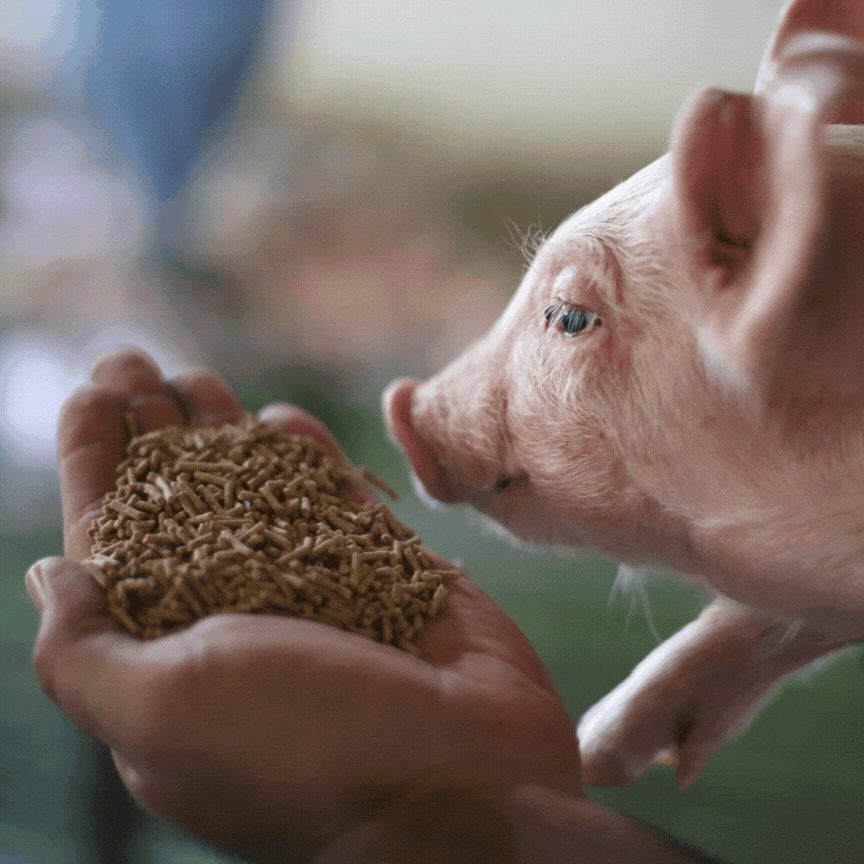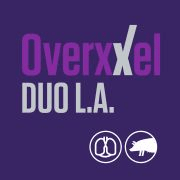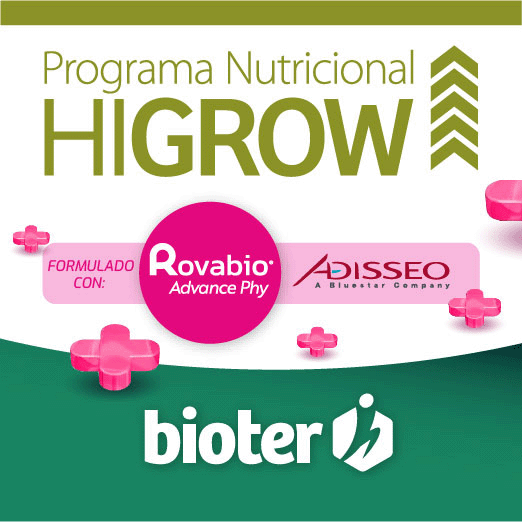




IMPORTS
In the last 10 years, Canada
represents 80% of the US pork imports (graph 3). Since 2004, U.S pork import
has had a downward trend, falling by 32%, however in the period
January-September 2013 the volume imported have grew by 8.3% vs 2012 ( Table 4)
Table 4

Graph 3

INTERNATIONAL MARKET OPPORTUNITIES
In relation to pork market opportunities, Unites States is taking steps to negotiate an Free Trade Agreement with 27 countries in EU in which the pork consumption is 20 million metric tons per year and today U.S is exporting less than a quarter of 1 percent of total EU consumption.
Many countries (20 including EU) requires that US pork meat tested for trichinae which impacts US pork’s competiveness in the export market, however in Colombia and Chile there is important progress to remove that requirement. In May 2013, the Chilean pork initiated a “safeguard” investigation on frozen pork, they claimed serious injury in the domestic market, but in October 2013, Chile’s committee on trade distortions determined that no action should be taken to limit pork imports, including those from the United States. Central and South America is in the 6th position in the US pork exports and until September where we see the market growing (+29%).
In September 2013 after approval by US Committee on Foreign Investment, Smithfield Foods Inc announced the approval of merger with Shuanghui International Holding Limited to meet the China’s rising demand for meat. In early, 2013 the china company offered $4.7bn for the Smithfield Foods in cash, resulting in each share receiving $34.00. This merger could bring important opportunities for US swine industry.
The Mandatory Country of Origin Labeling (COOL) regulation has been a controversial commercial rule with complex requirements of the USDA against foreign meat and livestock, especially important to markets such as Canada and Mexico. It is expected at the end of the year a compliance panel will circulate its report about if the new rules from USDA are in compliance with the World Trade Organization’s 2012 ruling. From its peak, the number of pigs entering USA from Canada numbered 3.2M pigs over 110 lbs in 2007; today that number has shrunk to less than 750.000 (projected) in 2013.
GRAIN PRODUCTION
A great 2013 grain crop of corn and soybeans helped to reduce high price in the second third quarter of 2013. Corn crop reach almost 14B bushels (365M metric tones) in 2013 against a 10.78B bushel (280.2M metric tones) in 2012. Soybean crop reach 3.42B bushels (88.7M metric tones) in 2013 against 3.2B bushels (83M metric tones) in 2012. Projections show an increase of 5.4% corn usage to produce Ethanol.
EXPANSION
Beside the different challenges old small sow farms have being replaced by large brand new sow farms – in general 2500 to 6000 sows unit most of them build under new approach using pen gestation (some since sows are bred but most after 35 days of gestation. In total over 80.000 new sows space can be added in 2013.
After many years of no nursery being built, mainly due to labor issues some production system start to building new nurseries, but a significant addition of wean to finish space has being added.
HEALTH STATUS UPDATE
During 2013, pig production has been affected by Porcine Epidemic Diarrhea – PEDv. The last data reported for National Animal Health Laboratory Network says that as of Nov. 24, the PED virus has been confirmed in 1,373 farms and 20 states (graphs 4 and 5). In November 2013, in a Rabobank presentation, Will Sawyer of Animal Protein presented a graph with PEDv impact in number of the market pigs (graph 6) but really the effect in the swine industry is still unknown. In the case of PRRS, this disease continues affecting to the industry and the last estimation cost of $ 664 million/yr was reported by Dr. Morrison in the Leman Conference 2012. Over the last 20 years; different strategies to mitigate the effect has being implement internationally and results are not as good as expected.


6









